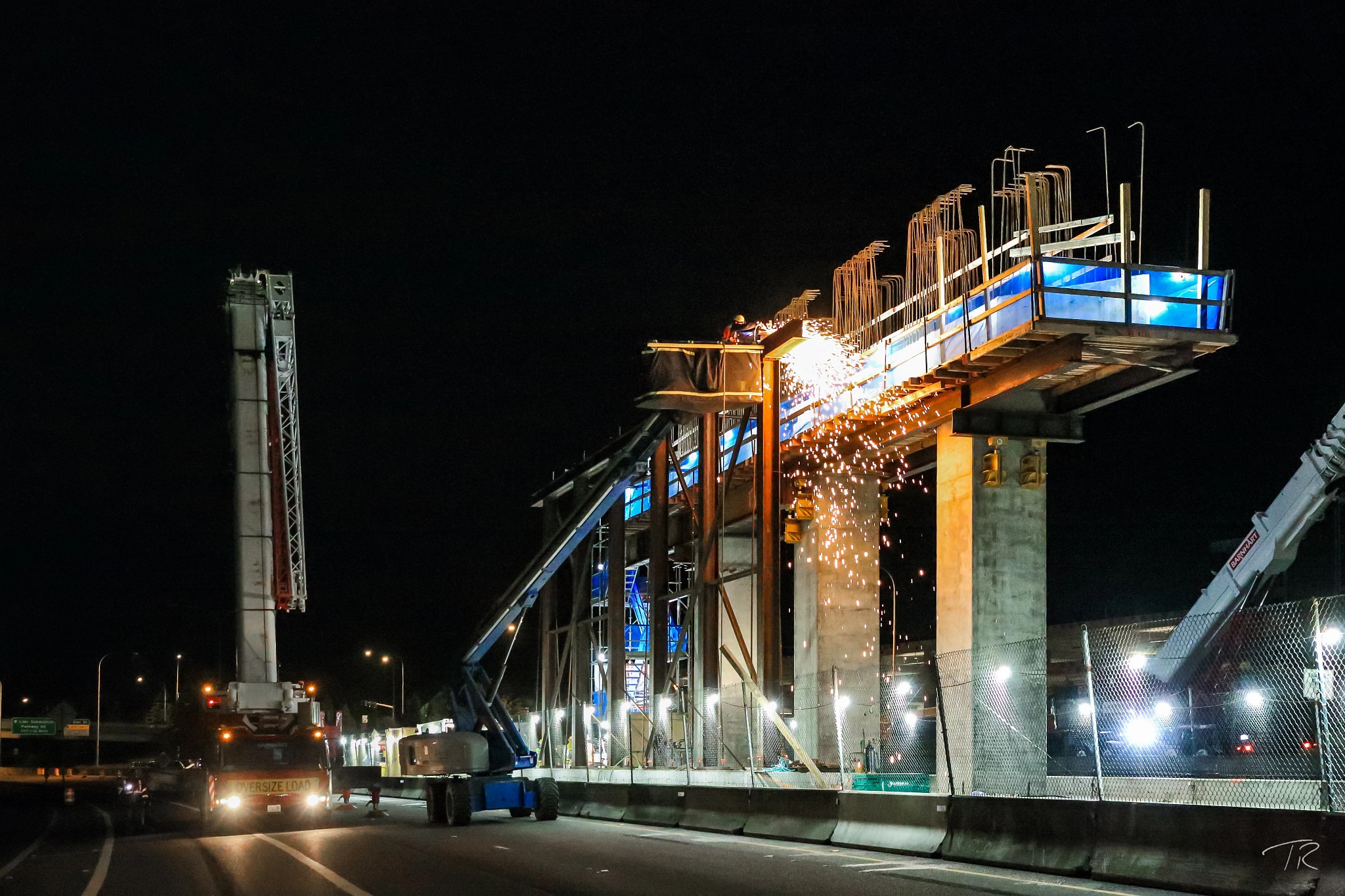Another Side of Public Relations
Published on Oct. 5, 2022, at 2:12 p.m.
by Sydney Palmer.
One of the greatest things about public relations is that it is necessary for every industry and company, no matter how big or small. In this technology-driven world, it’s important for every brand to have that representation.
One industry that may not seem to need public relations is engineering. However, according to Definition Agency, engineers need PR as much as any other industry: “Whether to attract scientists, engineers or mathematicians to apply for jobs at your firm, generate leads from prospective customers or attract investment, engineering PR is about building the profile and protecting the reputation of your business.”
A titan in engineering

Kiewit Corporation is a privately held construction company based in Omaha, Nebraska. The company was ranked 313th on the Fortune 500 List for 2022. With over 28,000 employees, it is one of the largest construction and engineering organizations in North America. Erin Amsberry, the managing editor of Kieways, Kiewit’s quarterly internal and external magazine, explained how Kiewit takes PR seriously.
“Communications is such a needed skill set in every industry,” said Amsberry. “Kiewit definitely recognizes the need to have good communicators that are able to position our company well and maintain that corporate identity.”
Working in PR for a specific industry can be very intimidating, especially if one lacks the education and previous experience needed to communicate thoroughly. However, Amsberry explained that it can be beneficial to come to work with a clean slate.
“I think it’s important, in a way, to come in as communicators and not know a whole lot,” Amsberry said. “That’s where the majority of the population and the people that we’re trying to reach are. They don’t know all the technical details.” Being able to understand the critical aspects of engineering and then communicate them in common language is important to make that complete connection with the external publics not familiar with the technical language associated with the industry.
Engineering is a very technical industry. With terminology like “abrasion resistance” and “shear stress,” the majority of people do not understand a lot of what goes into running an engineering firm or even what happens on a day-to-day basis. This is why it’s critical to have PR professionals act as a ‘middleman’ between the publics and the company.
“Kiewit knew that I was not an engineer,” Amsberry said. “They hired me anyway, because I’m a strong communicator.”
The day to day
Angela Nemeth, manager of public information and media at Kiewit, has a changing schedule depending on which projects she’s working on.
“I’m on the external affairs team in corporate communication. Generally, our job is to protect and preserve the Kiewit brand and reputation,” said Nemeth. She starts her day using Hootsuite for social media monitoring and Google News Alerts tied to specific industry related keywords. “Typically, I like to see what’s happened in our industry and the world since I went to sleep,” she noted.

A lot of Nemeth’s work is communicating with project managers to help write responses and explain the project’s position in the community. “For example, say there were high winds near a project, and our equipment was generating a lot of dust. [The project manager] might be receiving a lot of complaints from local residents and give us a call to help write responses,” Nemeth explained. “Sometimes, these issues may attract media attention. In that case we would write what we call a holding statement that describes the facts of the situation. That way if the media contacts us directly, we can respond immediately.”
A lot of times, the PR team at Kiewit will write these holding statements about environmental issues ahead of time to make sure they are prepared. “It’s typical of a private company that any statement or official company communication gets reviewed by legal, by the regional manager [or] executive manager. It’s a very thorough process,” Nemeth said.
Another side of Kiewit’s PR team is the internal communications team. “My day to day is typically several meetings per day; then I’ll have some other projects that I’m working on in between,” Amsberry said. “A lot of my tasks these days are very writing heavy.”
As the managing editor of Kieways Magazine, Amsberry explained that her job functions change throughout the year. “I kind of juggle and determine priorities based where we’re at in the editorial process,” she said. “At the early stage, we’re in the process of reaching out to our projects and individuals trying to gather some story ideas. We have editorial board meetings, where everyone brings forward ideas for stories and projects, and then we start deciding which of those would be good to pursue.”
In-house industries
While agencies can specialize in different industries, many large companies prefer to have their PR professionals work in-house. It allows them to completely focus on the company and its goals.
“I like to be in-house, because it gives you the opportunity to really dig into the issues and provide guidance and messaging to help navigate the situation,” said Nemeth. “I used to work at an agency where the dynamics were quite different, since you are often juggling multiple clients and do not have the opportunity to get engaged or build long-term relationships with company leaders and subject matter experts.”
Having PR in-house is truly convenient, especially for a company of Kiewit’s size. With hundreds of projects going on at once, it is beneficial to have communicators who are knowledgeable about specific projects or proposals. When companies have in-house PR professionals, it’s easier for them to understand what’s best for that company.
One of the main challenges of working in-house for a specific industry is the different modes of communication. “I’ve noticed that engineers are very black and white, whereas I, as a communicator, am a bit more nuanced in the way that I approach topics or talk about things,” Amsberry noted. “It’s definitely challenged me as a communicator to learn how to work with them and make sure that they are comfortable with the way that we communicate things and approach things as an organization.”
Key to success
It is important to understand company practices and terminology for a future job. However, this specialized knowledge should not be a deterrent for working in PR for unfamiliar industry.
“One of the interesting things about most people’s careers is that it never quite goes as you would expect or what you plan for,” Amsberry said. “But I encourage everyone to be open to the unexpected. … The biggest thing is just to find an organization that has a positive work environment and a good company culture. And honestly, you will thrive there.”




